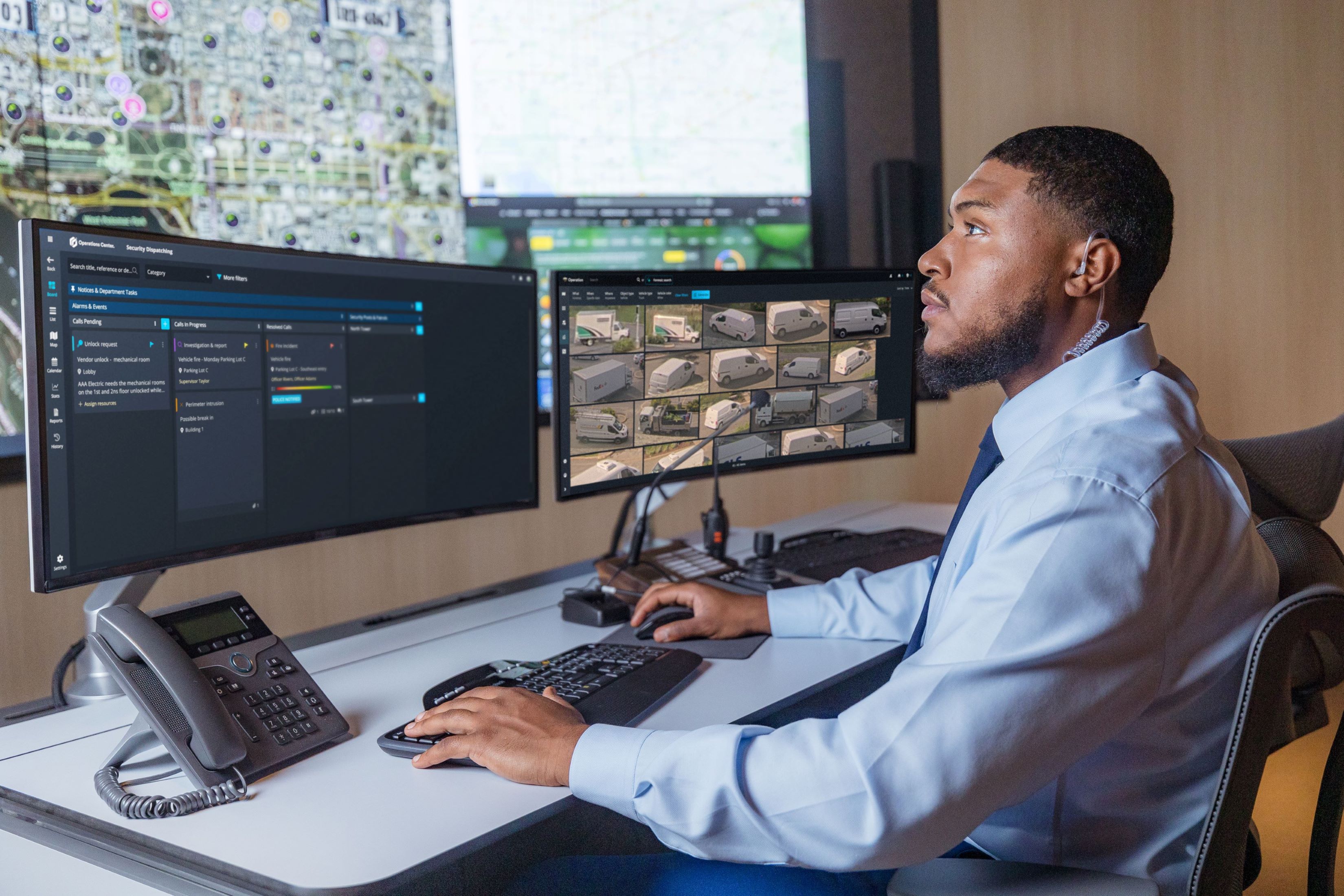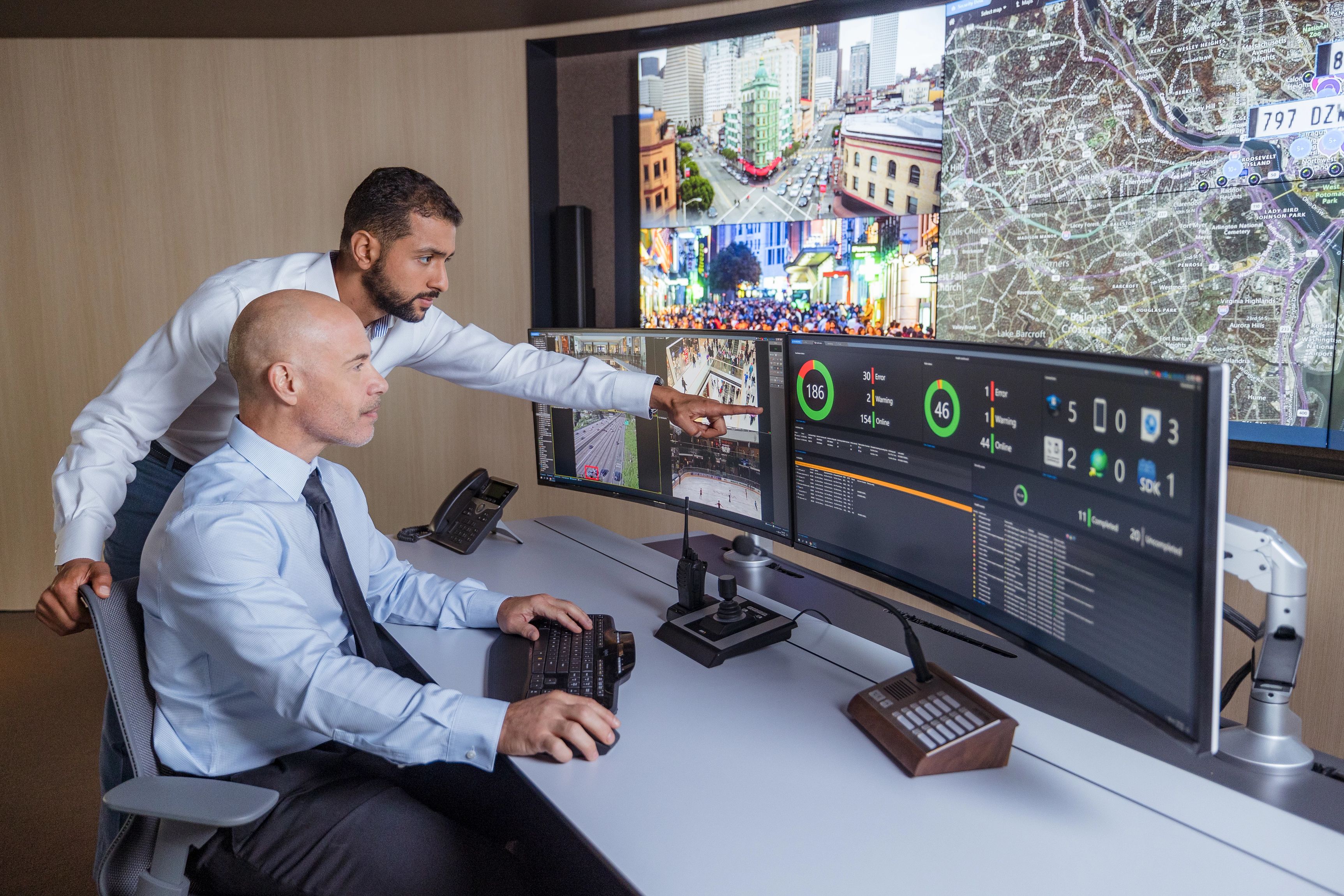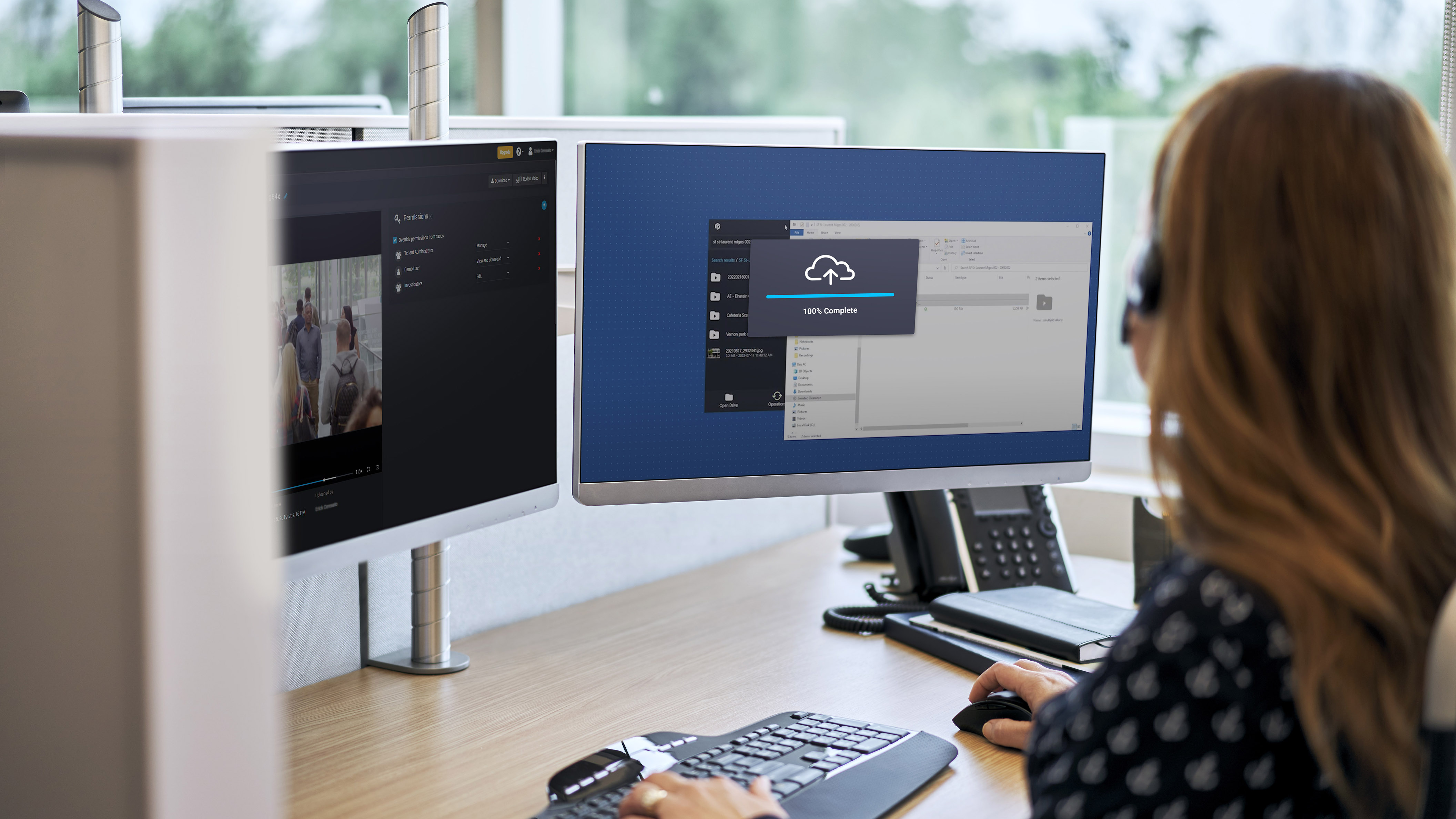The key to cost-efficient physical security
What’s the most cost-effective physical security system? Find out why open architecture and unification are key to cost savings.

According to the latest industry report, 54% of organizations expect to delay physical security projects in 2025 due to economic uncertainties and 44% due to challenges in hiring. Finding ways to reduce costs and simplify operations is more important than ever.
By understanding the cost implications of integrated systems versus unified ones, you can unlock significant savings and better align with your organization’s growth and adaptability goals.
EBOOK
What are the cost implications of an integrated physical security system?
An integrated security system connects standalone solutions together, like access control, video, intrusion, and automatic license plate recognition (ALPR) from different vendors. But even though your systems are linked up, communication between them can be limited.
Sure, you might be able to receive intrusion or access control events within your video system’s interface. But a lot of actions and tasks are still handled within each independent system – like reporting, deep-dive investigations, cybersecurity hardening, and maintenance.
Here are 4 ways an integrated system can cost your organization:
System updates |
Upgrading one system can create compatibility issues with another integrated system, leading to unexpected delays and added costs to restore normal operations. Ensuring seamless updates across systems can significantly reduce time and expense.
Cybersecurity risks |
Each system's unique workflow may introduce inconsistencies that complicate your cybersecurity strategy. These gaps can expose your organization to potential threats, increasing the risk of costly breaches and downtime.
Operator training |
Operators often spend valuable time learning the features and functionalities of multiple systems. Consolidating operations into a unified interface simplifies training, saving time and resources that can be redirected to more strategic priorities.
Maintenance |
Managing multiple maintenance agreements can be time-consuming and costly. By unifying your systems, you can streamline maintenance, reduce renewal overhead, and reallocate those savings to other areas of your security operations.
BLOG

How does unified physical security save on costs?
A unified physical security system consolidates all your physical security products—such as access control, video surveillance, ALPR, intercom, analytics, and intrusion—into a single platform.
This means smoother system updates, better feature compatibility, and an enhanced user experience that simplifies operations for your team and cuts down on costs. Here’s how:
Simplified system management
Keeping your systems up-to-date and optimized requires regular maintenance. Since unification blends your different security components into one platform, you can easily update and upgrade your security systems and devices, without worrying about compatibility issues.

Managing devices in one spot also helps you stay up to date. You can prioritize your maintenance tasks by pinpointing which device’s firmware requires updates. This helps you stay on top of your system updates—whether it's resolving critical security flaws or simple incremental improvements. You can also automate system health checks and device status reports or use other built-in tools to identify opportunities that can enhance your cyber resilience.
The unified view makes it easier to manage all maintenance tasks across your entire security installation. This leads to less risk and stronger compliance organization-wide.
ABOUT
Consistency for operators
Operators benefit from a unified platform through consistent workflows for critical tasks, such as alarm management, investigations, and cybersecurity updates. A uniform interface ensures that operators spend less time learning different systems and more time focusing on keeping your organization secure.
With fewer inconsistencies between systems, operators can make quicker, more informed decisions, which reduces errors and boosts confidence across the team.
Flexibility
A unified physical security platform built on open architecture doesn’t lock you into a single vendor’s ecosystem. It allows you to integrate the technologies and devices that best fit your organization’s specific needs.
Whether you choose hardware from one partner or a mix of devices from several, your unified system will ensure everything works together seamlessly, giving you full control over your security environment.
Beyond that, you’ll also want to consider a platform that accommodates various deployment models like on-premises, cloud, or hybrid-cloud. And this is particularly critical when you’re focused on optimizing costs over the long haul.
For instance, you might have different sites with different requirements. At one location, having the ability to reduce hardware and maintenance using a cloud-based system could be optimal. At another location, choosing to install on-premises servers may help optimize long-term storage costs or help you adhere to compliance policies.

Having a unified platform that can adapt to all these scenarios and even allow your operators to manage various systems from one centralized hybrid environment, can also drive up its value.
CHECKLIST
Customization
A unified platform offers the flexibility to customize and connect with your existing systems and devices. This adaptability ensures that your security operations evolve with your organization over time, whether that means adding new technology, scaling operations, or automating processes.
By tailoring the platform to your unique needs, you can future-proof your security environment without compromising efficiency or usability.
BLOG
Better long-term business value and ROI
When you have multiple physical security systems under one platform, you’re collecting a lot of valuable data. With unification, you can use this data to enhance your business operations. As your needs evolve, you can easily activate different business intelligence modules within the platform and use your security information to enhance operational decisions.
For instance, you can have video, access control, intrusion, intercom, and other system all in one unified platform. You can then build custom dashboards, add visualization tools, and digitize response processes to help your operators make sense of the data faster.
In a hybrid work environment, you can use occupancy analytics to help determine how to best optimize office space or inform future lease agreements. You can also use your ALPR data to learn how many vehicles enter your property during a given time frame, which can impact decisions about traffic flow or parking capacity.
You can also connect your industrial Internet of Things (IIoT) sensors such as from lighting or HVAC systems. This includes automating air flow when crowd estimation analytics reach a certain threshold, or turning on the lights when the first office employee taps their badge on the reader in the morning.
These new business applications not only offer the potential for higher returns on investment; they also help C-suite executives understand that the right physical security technology can enable new ways of working, well beyond your security department.

